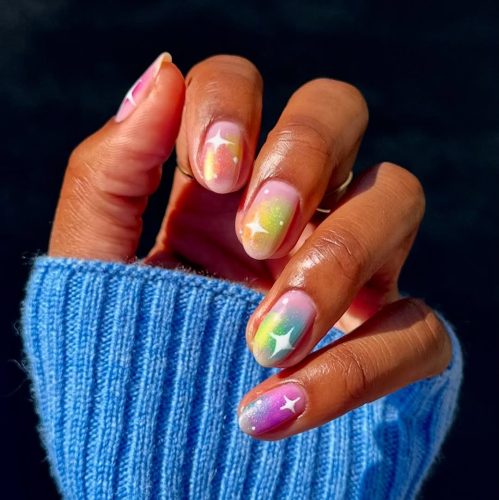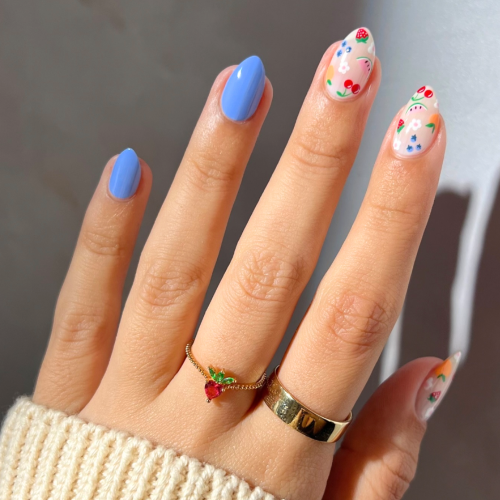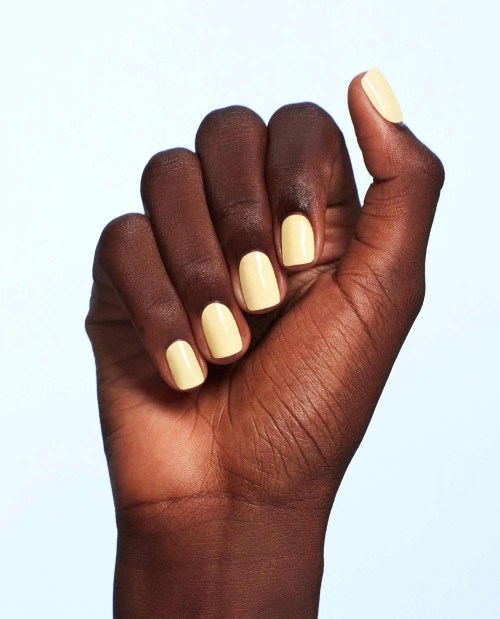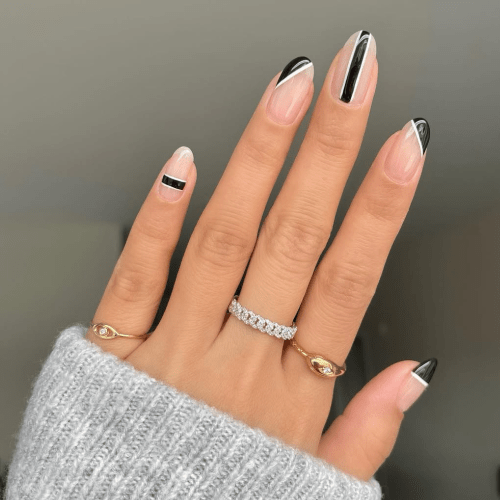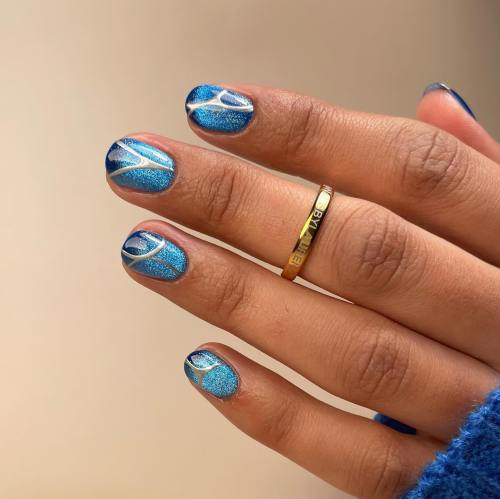‘Gel Cycling’ Is the Nail-Health Trend Dermatologists Can’t Get Enough Of
Gel cycling nails can help keep nails strong and healthy by giving them a much-needed break between manicures.

There’s a lot to be said about the benefits of gel manicures. They last longer, dry faster, and look shinier than their regular-polish counterparts, which is why it can be tempting to commit to an “all gel, all the time” way of life. But while there’s nothing wrong with loving your standing nail appointments, regularly removing and re-applying gels can take a serious toll on your nails.
Experts in This Article
board-certified dermatologist and nail specialist
Thankfully, social media has found a fix. Enter: Gel cycling, the latest iteration of the “cycling”-style beauty trends that have taken over TikTok. These practices, which include “hair cycling” and “skin cycling,” involve taking a break from the more aggressive parts of your routine to allow for a reset period. In the case of gel cycling, this means swapping out those beloved gel manis every once in a while in favor of better-for-your-nails polish—or, better yet, no polish at all.
“I do think gel cycling is going to be the next big cycling trend,” says Dana Stern, MD, a board-certified dermatologist who specializes in nail health. Keep reading to find out why.
Why you should consider gel cycling
Simply put, it’s better for the health of your nails. “Regular gel manicures can result in nail thinning,” says Dr. Stern.
This damage primarily happens when gel is removed, because the polish is UV cured to the nail, which makes it harder to take off. While most of us know that picking and peeling gel polish is a serious no-no, your nails can still incur damage even if you’re soaking it off properly or having it removed by a professional. “Aggressive mechanical removal, from scraping to self-peeling to the use of emery files, has caused many to see the value in having an ‘off cycle’ from their gels,” says Dr. Stern.
Marry that with the ever-evolving conversation around the health risks of continued UVA exposure during repeated gel sessions, “and we’ve been seeing more conversations regarding cycling come up a lot at our salon because nails need a break,” says Tina Wang, founder of Lunula Salon. Weaving this strategic method into your routine will help minimize dehydration, brittleness, breakage, and thinned nail plates that result from the prolonged acetone soaks and mechanical scraping required to remove gels.
How to gel cycle
A gel manicure typically lasts for two to three weeks, and proper cycling requires limiting your subsequent treatments. A good general rule to follow? “For every eight weeks of gel polish, give your nails a 1-2 week break,” says Wang.
To make the most out of the time your nails are gel-free, you’ll want to treat them to a little extra TLC. “Gels don’t provide any health benefits to the nail. So an important part of gel cycling is not only to take a break from the damage-inducing service but to effectively treat during the off-gel part of the cycle because the damage from gels can be cumulative,” says Dr. Stern.
During this recovery period, be sure to keep your cuticles hydrated with a nourishing oil, fortify your nails with a strengthening serum, and commit to making an emollient hand cream a part of your regular routine. These practices will set you up for damage-free success when your next gel appointment comes around.
“Regardless of where you are in the cycle, gels on or off, give your nails some extra love by moisturizing your nails and massaging your nail beds with antioxidant-rich cuticle oil or vitamin E moisturizer,” says Wang. Doing this allows your nails the best chance for stimulating nail growth, improved hydration, and overall repair of the underlying nail matrix.
Is gel cycling for everyone?
Anyone who regularly gets gel manicures can benefit from gel cycling, especially if they prioritize non-toxic formulas with limited LED drying during their “off” periods, but it’s extra helpful for those whose gels manis routinely result in nail damage. If you’ve noticed that your nails have taken on a wonky texture (aka they’ve got pits, dips, or grooves) or are spotted with discoloration, it’s a good sign you should lay off the gel for a few weeks.
However, it’s important to note that “some people find their nails are stronger and healthier with a protective barrier like polish, gel, or dip because they experience less breakage when they have some layer keeping their nails from cracking,” says Steph Stone, Essie celebrity manicurist. If that sounds like you, she recommends using a strengthening base coat over and under gels to prevent breakage.
Sign Up for Our Daily Newsletter
Get all the latest in wellness, trends, food, fitness, beauty, and more delivered right to your inbox.
Got it, you've been added to our email list.
